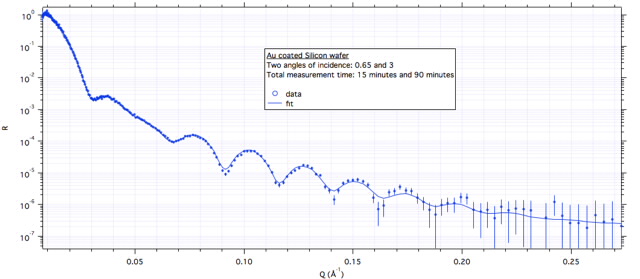Following the return to service of OPAL's cold neutron source on 18th July, and almost flawless operations since then, we are glad to announce that both PLATYPUS and QUOKKA are now running "friendly-user" experiments with cold neutrons again.
The first user experiments on our QUOKKA small-angle neutron scattering instrument were done in the first week of August, by Emma Rath, a Sydney University graduate pharmacy student based in the National Deuteration Facility. Emma's work is on the BAMLET complex, the bovine form of HAMLET, a complex between alpha-lactalbumin (a milk protein) and oleic acid (an essential lipid also present in milk), that has been well discussed in the literature as having tumor-cell-specific-killing properties and which is a class of promising broad-spectrum anti-cancer and anti-bacterial compounds.
 |
More recent small-angle-scattering work has been undertaken by Greg Warr's group at Sydney University on solutions of an alkyl trithioester terminated poly(N-isopropylacrylamide) polymer in D2O.
 |
And now we have the first neutron reflectivity curve from OPAL in 2013, taken from a gold-coated silicon wafer. The gold layer is 217 Å thick, with a chromium 'sticker' layer of 32 Å. These wafers are typically used as substrates for biomembrane experiments.
Both instruments will now step up the flow friendly-user experiments.
Published: 06/09/2013

